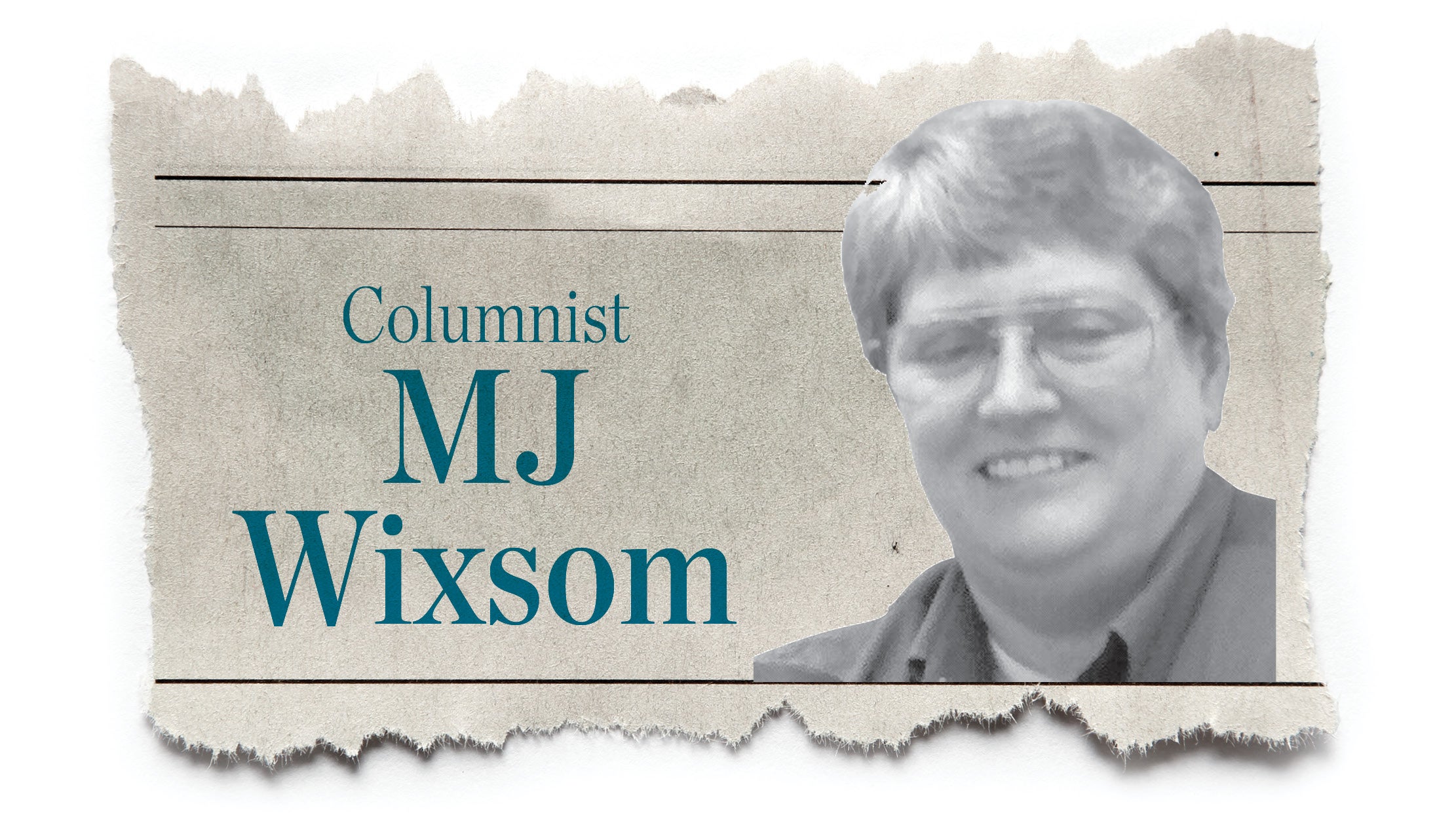The American flag has inspired millions
Published 8:00 am Saturday, September 5, 2020
For more than 200 years, the American flag has been the symbol of our nation’s unity, as well as a source of pride and inspiration for millions of citizens.
Born on June 14, 1777, the Second Continental Congress determined that the flag of the United States be thirteen stripes, alternating between seven red and six white; and that the union be thirteen stars, white in a blue field representing a new constellation.
Between 1777 and 1960, the shape and design of the flag evolved into the flag you see today.
The 13 horizontal stripes represent the original 13 colonies, while the stars represent the 50 states of the Union.
The colors of the flag are symbolic as well; red symbolizes hardiness and valor; white signifies purity and innocence; and blue represents vigilance, perseverance and justice.
The dream of those who would follow in the footsteps of our forefathers still represents the values I hold dear today.
Traditionally a symbol of liberty, the American flag has carried the message of freedom and inspired Americans, both at home and abroad.
In 1814, Francis Scott Key was so moved at seeing the Stars and Stripes waving after the British shelling of Baltimore’s Fort McHenry that he wrote the words to The Star Spangled Banner.
In 1892, it inspired Francis Bellamy to write the “Pledge of Allegiance,” our most famous flag salute and patriotic oath.
I’ve often thought of where that flag has flown since it’s humble beginnings.
About all those who bravely gave what Abraham Lincoln called, “Their last full measure of devotion.”
For what our flag represents… purity and honor, hardiness and valor, combined with vigilance, perseverance and justice.
In 1893, at the age of 33, Katharine Lee Bates, an English professor at Wellesley College, had taken a train to Colorado Springs, Colorado, to teach a short summer school session at Colorado College.
Several of the sights on her trip inspired her, and they found their way into her poem, including the World’s Columbian Exposition in Chicago, the “White City” with its promise of the future contained within its alabaster buildings; the wheat fields of America’s heartland Kansas, through which her train was riding on July 4th, and the majestic view of the Great Plains from high atop Zebulon Pike’s Peak.
The poem was initially published two years later in The Congregationalist to commemorate the Fourth of July.
It quickly caught the public’s fancy.
The tune composed by Samuel Ward came to him while he was on a ferryboat trip from Coney Island back to his home in New York City in 1882, and he immediately wrote it down.
He was so anxious to capture the tune in his head that he asked fellow passenger and friend Harry Martin for his shirt cuff to write the tune on, thus, perhaps, creating the-off-the-cuff analogy.
Ward’s music combined with Bates’ poem were first published together in 1910 and titled, “America the Beautiful.”
Hear again the words…
“O beautiful for spacious skies, for amber waves of grain.
For purple mountain majesties, above the fruited plain!
America, America!
God shed His grace on thee.
And crown thy good with brotherhood, from sea to shining sea!
O beautiful for pilgrim feet, whose stern impassion’d stress.
A thoroughfare for freedom beat across the wilderness!
America! America!
God mend thine ev’ry flaw.
Confirm thy soul in self-control, thy liberty in law!
O beautiful for heroes proved, in liberating strife.
Who more than self their country loved, and mercy more than life.
America! America!
May God thy gold refine.
Till all success be nobleness, And ev’ry gain divine!
O Beautiful for patriot dream, that sees beyond the years.
Thine alabaster cities gleam, undimmed by human tears!
America! America!
God shed His grace on thee.
And crown thy good with brotherhood, from sea to shining sea!”
What a picture of devotion and sacrifice!
Sounds like men who would pledge their lives, fortunes and sacred honor now doesn’t it?
John Adams wrote in 1776, “You and I, my dear friend, have been sent into life at a time when the greatest lawgivers of antiquity would have wished to live.
How few of the human race have ever enjoyed an opportunity of making an election of government, more than of air, soil, or climate, for themselves or their children!”
In other words, opportunities for freedom don’t come along very often.
We should know, appreciate and pass long to a new generation the delicate ground on which our freedom was planted.
In 1907, President Theodore Roosevelt said, “In the first place, we should insist that if the immigrant who comes here in good faith becomes an American and assimilates himself to us, he shall be treated on an exact equality with everyone else, for it is an outrage to discriminate against any such man because of creed, or birthplace, or origin. But this is predicated upon the person’s becoming in every facet an American, and nothing but an American…There can be no divided allegiance here. Any man who says he is an American, but something else also, isn’t an American at all. We have room for but one flag, the American flag…”
How can an American not stand for something so beautiful?
Tim Throckmorton is the Midwest Director of Ministry for the Family Research Council.





